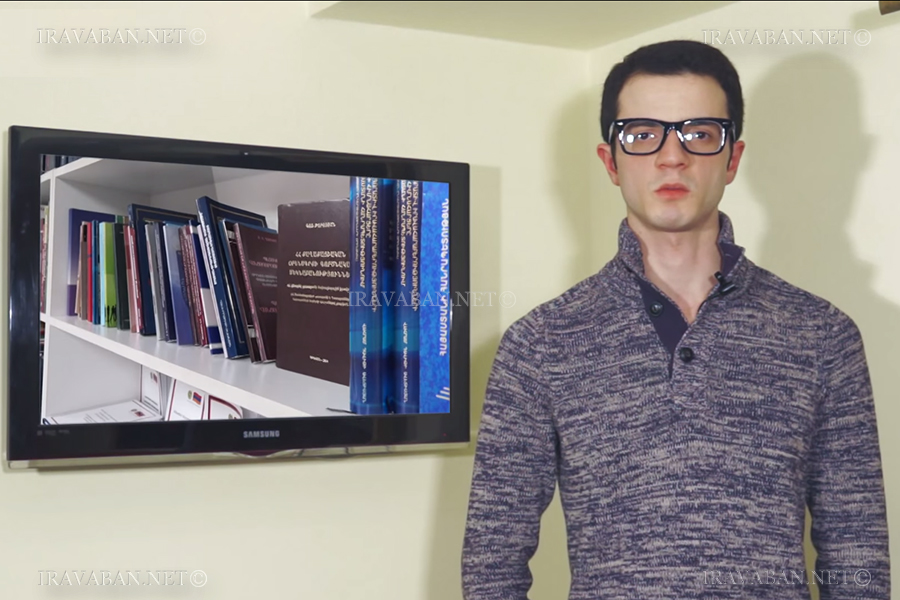When speaking about trademarks (hereinafter: mark(s)) most of the people imagine either coloured or black and white words and pictures or combination thereof. And that’s normal considering that these comprise the majority of all marks. But … It is common knowledge that besides sight human has at least four other senses, viz. hearing, touch, taste and smell. And people vary in their sensory preferences for the perception, both subjectively and objectively. For instance a particular person may process auditory info better than the visual one. At the end of the day the combination of as many senses as possible multiplies the effect, nonetheless making the digestion of info easier and more enjoyable. So, since those four senses are also traditional, why not to make their corresponding marks traditional too? Besides, why not to reinforce “visual” marks?
Another advantage non-traditional marks have is that they significantly increase capabilities of their distinctiveness. And that’s crucial for registrability of the mark according to the law as well as for its uniqueness hence its brand recognition power.
In the current trademark application form of Armenia there are options of only following non-traditional mark types: holograms, sound marks, 3D (shape) marks, position marks and colour marks, whereas in foreign countries and international practice de facto and de jure there are also other mark types: olfactory (aka smell or scent) marks, motion (animated or movement) marks, texture (feel, touch or tactile) marks, gesture marks, flavour (taste or gustatory) marks. There is a growing tendency of interest in such types of marks.
Let’s begin with scents. A scientific fact is that among our senses scent offers the strongest effects on memory, far surpassing sight or sound. And human can distinguish around one billion scents. Therefore many industries would benefit from this kind of marks, esp. such as cosmetics, food processing etc. And there are famous instances of such marks’ registrations, such as Dutch company’s tennis balls with the scent of newly mown grass; and UK registrations for tires with “a floral fragrance/smell reminiscent of roses” and darts with “the strong smell of bitter beer” or this one. Though not much is known about Russian scent marks, in the Russian application form there is a check-box for them: “обонятельный знак” (and not a check-box just for indications like “other type of mark”).
As concerns motion marks, virtually those can apply to any industry. Some of instances are this, this and this (‘Moving images, holograms and gestures’ part). In the latter one we can see an outstanding example of it as well as of a gesture mark.
Touch marks are crucial for such people as the blind. However tactile feature can make the mark pleasant, distinctive and memorable also for people who are not blind even though the latter are not so strong at tactile perception. Take a look at this article about touch marks.
The last and it seems like also the least (common) type of marks are taste marks. Unfortunately there are not prominent instances of registrations of taste marks. However there are countries where registrations of taste marks are possible. In the document issued by Standing Commitee on the Law of Trademarks, Geographical Indications and Industrial Designs on ‘Representation of Non-Traditional Marks. Areas of Convergence’ there is reference to it on Annex page 5.
To complement all the above-mentioned it’s important to state that Armenia acceded to Singapore Treaty on the Law of Trademarks in 2013 without any reservations. That means inter alia that Armenia has to provide for other types of marks at least with a check-box ‘non-visible sign other than a sound mark’ (as there is a check-box ‘motion mark’, a type of which is considered also gesture mark) according to the Rule 3 of Singapore Treaty’s Regulations in its application form in order to comply with Model international Forms.
Argishti Sargsyan, Member of the AYLA Law Students Department.














